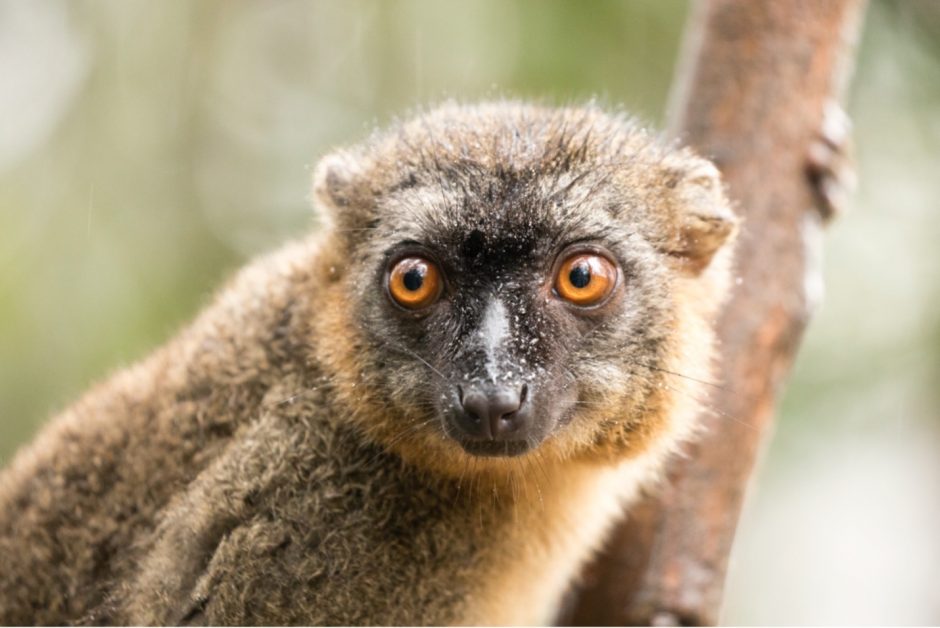
Three Key Techniques for Photographing Lemurs in Madagascar
Few animals capture the imagination and allure of “the exotic” than a lemur. Made famous by countless shows, ranging from nature documentaries to children’s shows movies, lemurs are just plain fascinating.
With extraordinary wildlife that gets surprisingly close, as lemurs do, it’s easy to take good photos without much consideration. However, with a few simple techniques, you can take your photos from good to excellent.
Read on for a tutorial on lemur photography.
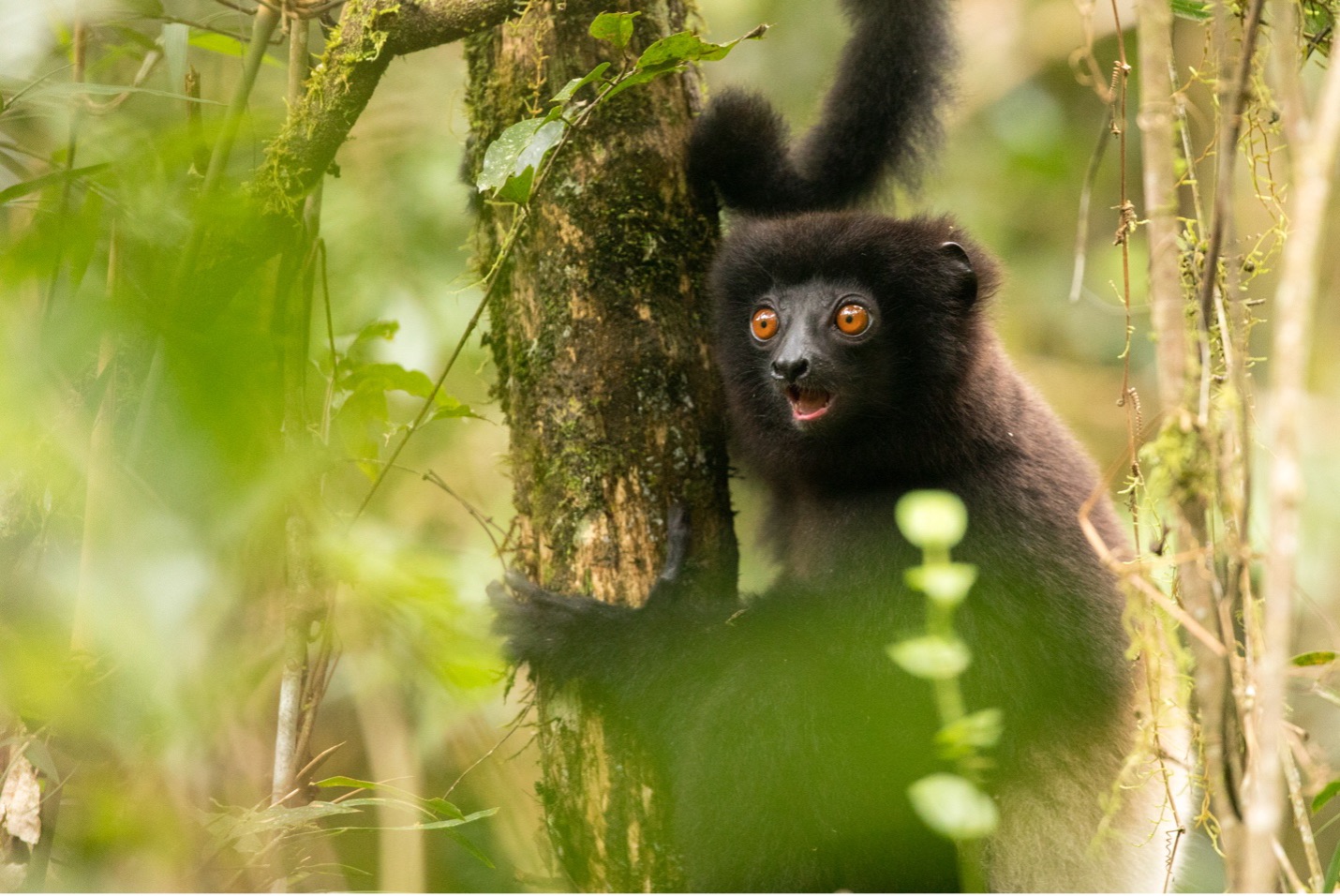
Minimize distractions with a shallow Depth of Field
Of Madagascar’s 100 plus species of lemurs, many of them are found in dense thickets of vegetation. This may be in rain forest, cloud forest, or spiny desert. As a result, many sightings and photo opportunities could have distractions like branches, leaves, and other things around the lemur.
I’m always an advocate of photographing animals in their natural environment, and showcasing such is a big part of the art and aesthetic here. However, to help draw emphasis on the subject (the lemur) you’ll want to minimize the prominence of the background.
The best way to do so in-camera is to shoot at a shallow depth of field. By using aperture to your advantage, you keep the lemur in tack-sharp focus, but allow the background to melt away in a pleasure blur, aka bokeh.
The apertures I’m usually using are something in and around the f/4 to f/7.1 range. The lower the f/number, the more shallow the depth of field. However, you can also maximize depth of field by using more telephoto power, too. That is, one photo at 400mm and f/5.6 might have a similar blur/bokeh as 200mm and f/4. Telephoto exaggerates the effect of aperture on depth of field.
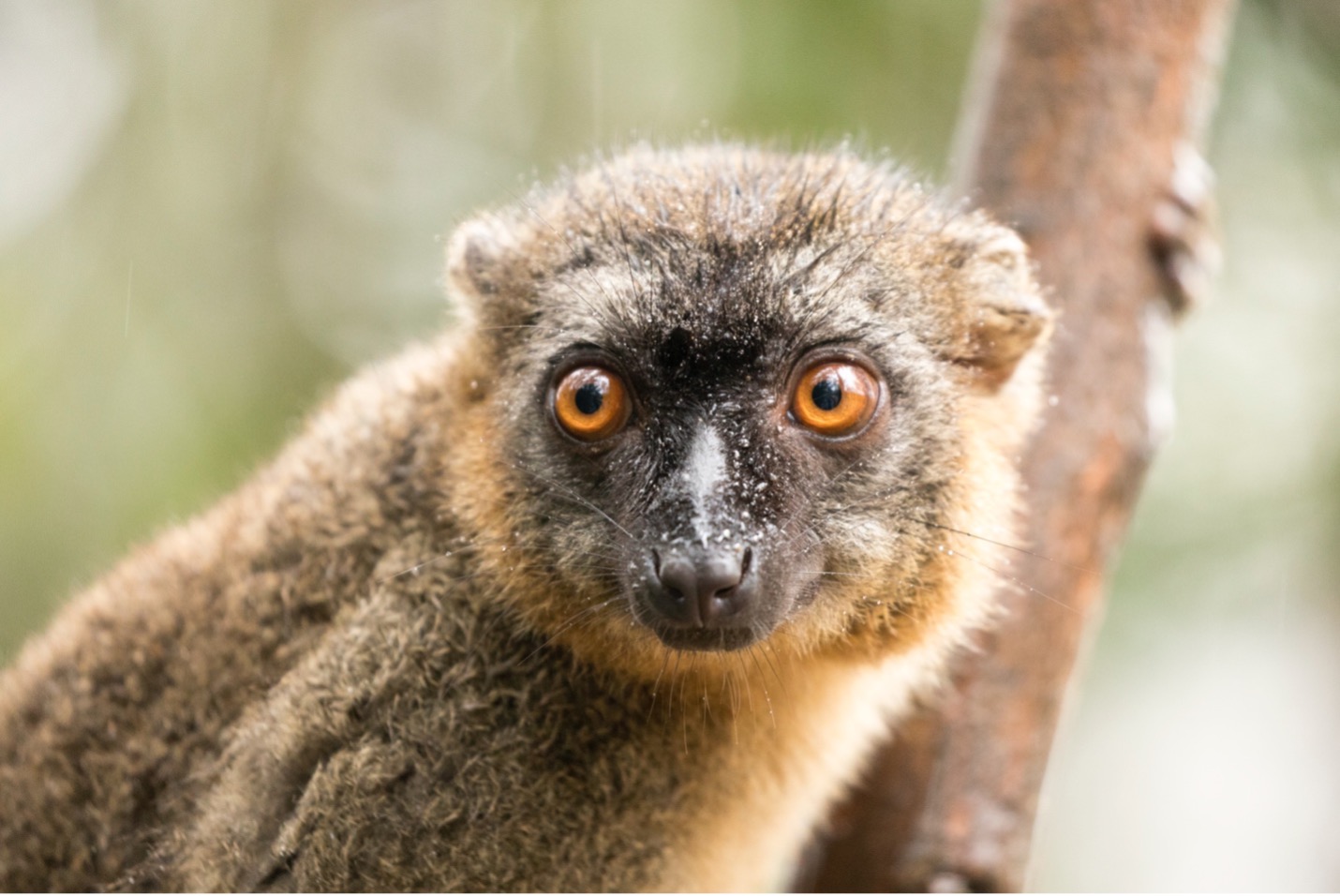
Another technique that allows you to further melt the background of a photo is to deliberately frame a shot such that the subject is much closer to you than it is to the background. To put it another way, I always try and pivot and shoot at an angle to maximize the distance between the lemur and its background. This creates that nice portraiture look that is so simple, elegant, and aesthetic.
Avoid backlighting in trees by choosing your background
Another time when pivoting is going to be essential in your lemur photography is when faced with backlit wildlife in trees.
Not all species of lemurs will be found high up in the trees, but some of the most charismatic and photogenic tend to hang out there. Whether or not they are backlit is somewhat luck of the draw, but rather than leave this to chance, there is a simple way to avoid backlighting whenever faced with it.
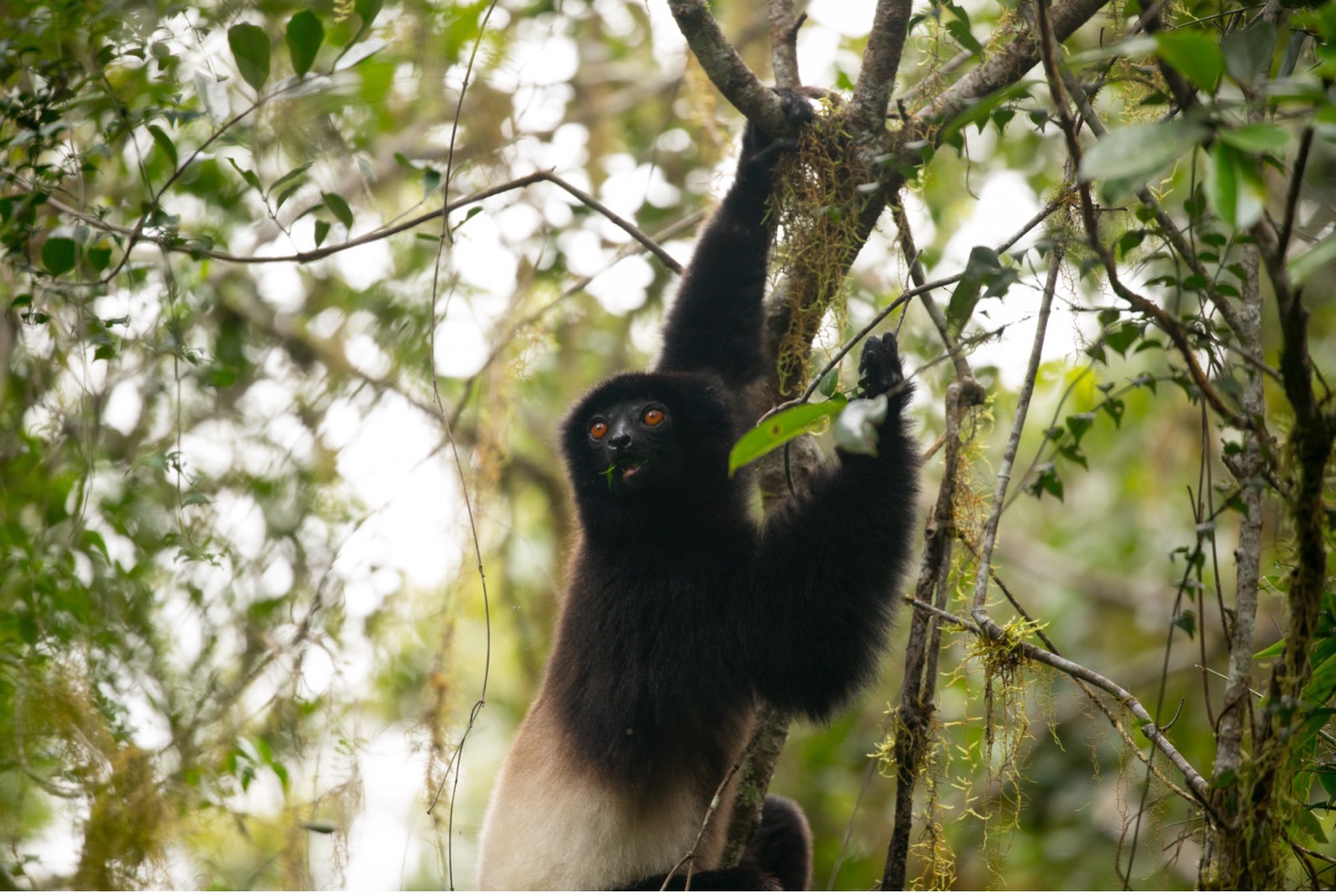
Let’s step back and first talk about why backlighting is a problem for wildlife photography in trees. The gist is that when an animal is above you, you are aiming into the treetops and towards the sky. If there is a gap in the trees, there’s nothing but bright sky behind the animal, like in the above photo. Since the animal is usually in the shade, this means that you are either going to get a properly exposed sky and a very dark lemur, or you’re going to get a properly exposed lemur and a very bright (aka blown out) sky. Neither of these are good for photography—in fact, they’re quite bad.
Thus, your task is to find an angle where bright sky is not behind the lemur, but instead the background is just more vegetation. It’s ok if the vegetation is bright, but ideally if you find an angle where the background is a similar lighting condition as the lemur.
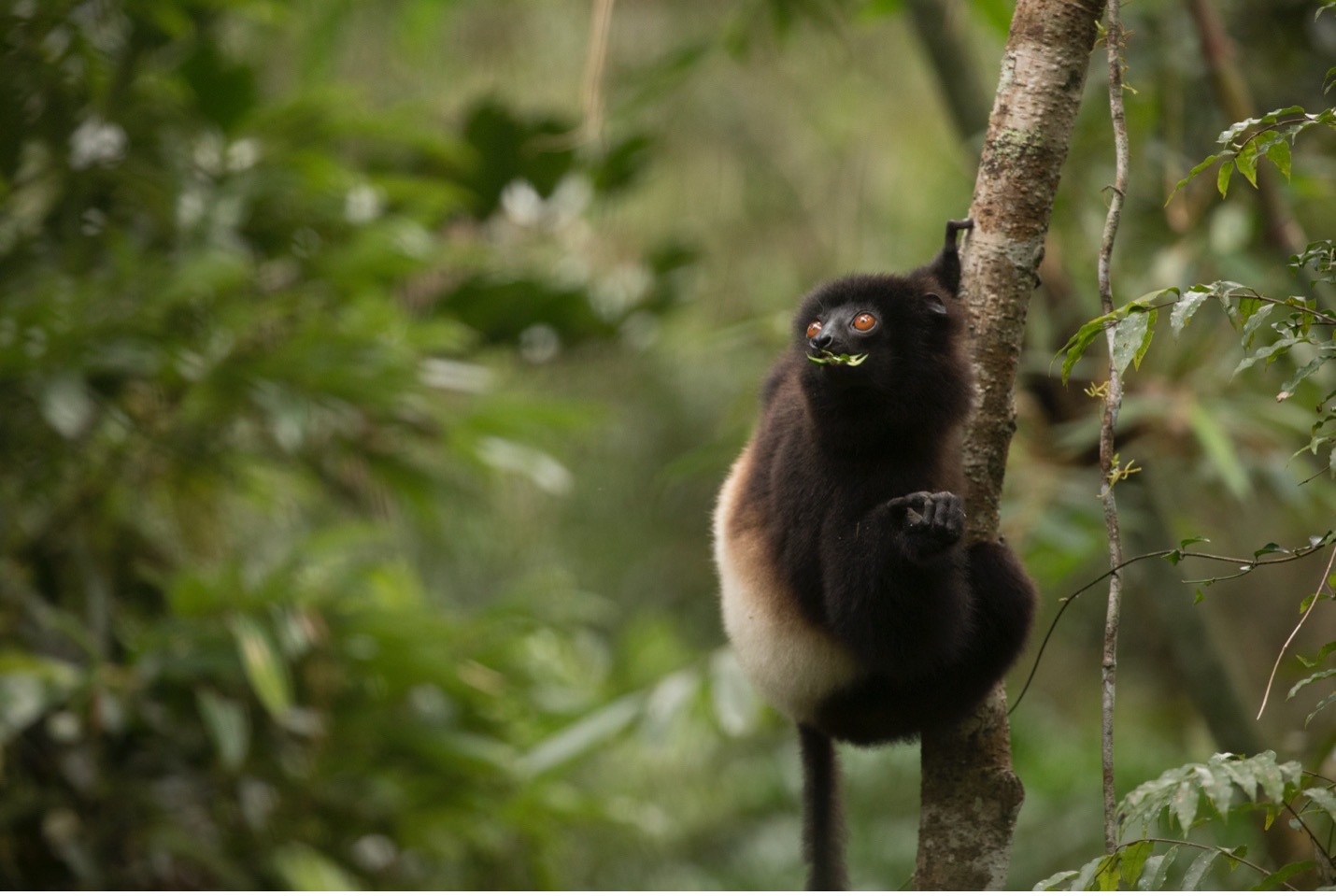
So, the first step is to realize when backlighting is a problem. For many photographers, we get caught up in the excitement of photographing lemurs and forget all about the background. However, remind yourself with each photo to actively scout out a good background.
I realize this is easier said than done, as you also have to contend with the vegetation, which direction the lemur is looking, and other factors. Thus, it may take some time and patience to make this work, but just understand this is a) possible and b) crucial for great lemur photography.
Wait for the right moment before shooting
Speaking of patience, this is another key aspect of lemur photography. While it’s tempting to just fire away and take photos of every moment you have with a lemur (and I tend to do that myself), begin by understanding and observing the lemur behavior for a bit. Sure, there are some species that are very flighty and they’re not expected to be around for long (e.g., diademed sifakas are one), but the vast majority will give you a decent bit of time to photograph them before they move on or are otherwise out of view.
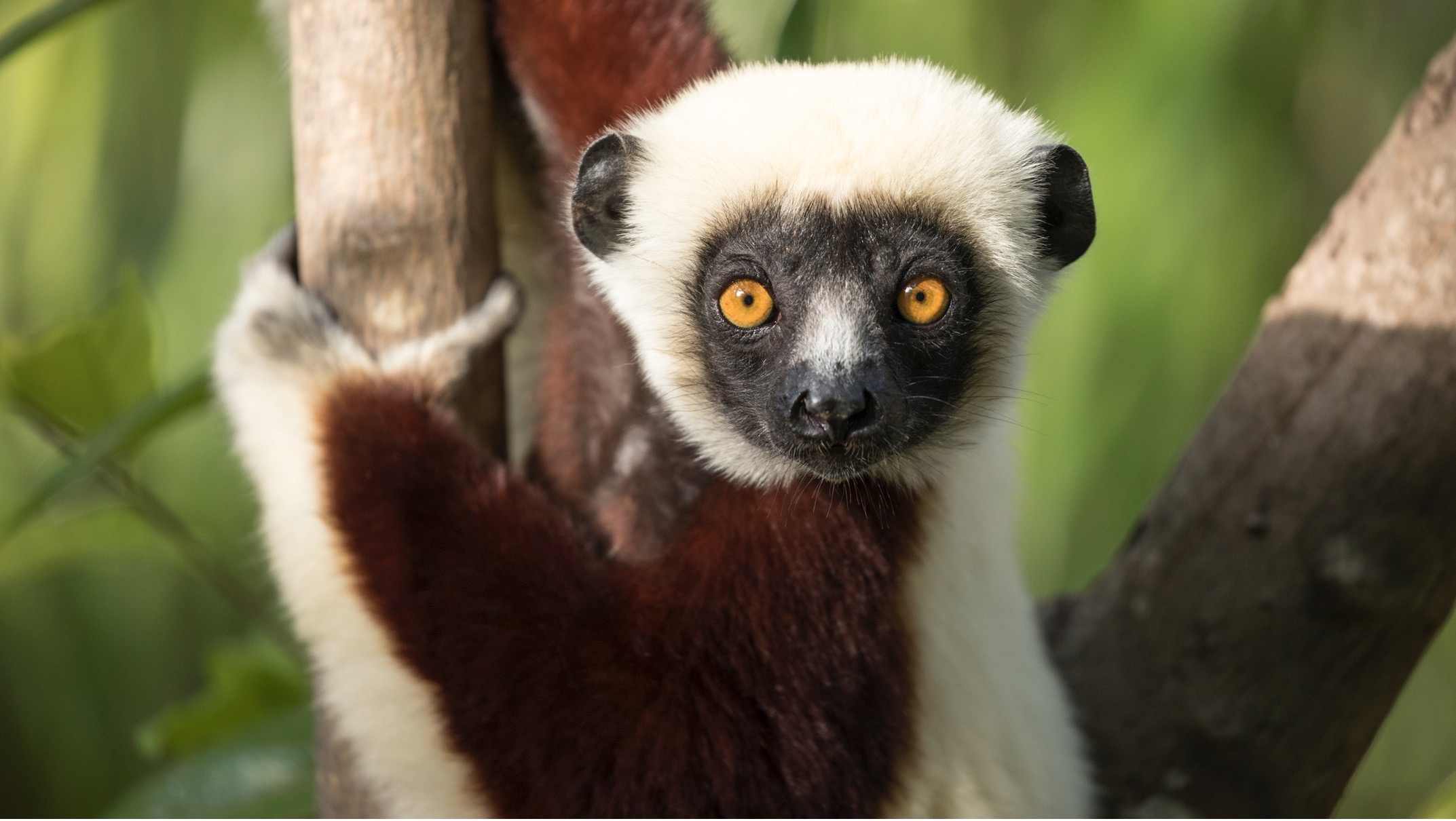
During this time, there will no doubt be several “bursts” of photo opportunities, when the lighting becomes just right, the lemur is looking in a particular direction (e.g., there is catch light in the lemur’s eyes), or it’s exhibiting a specific behavior. In my opinion, these are the times you also want to use burst mode on your camera and capture multiple shots at high frame rate of what you’re seeing.
It’s not that you’d miss these opportunities if you were just photographing the entire time, but I can tell you from experience, you’re not as acute to the specific moments of brilliance if you aren’t intently looking and waiting for them. Thus, my advice here is to have patience with the friendly lemurs and capture many, many shots of those magic moments.
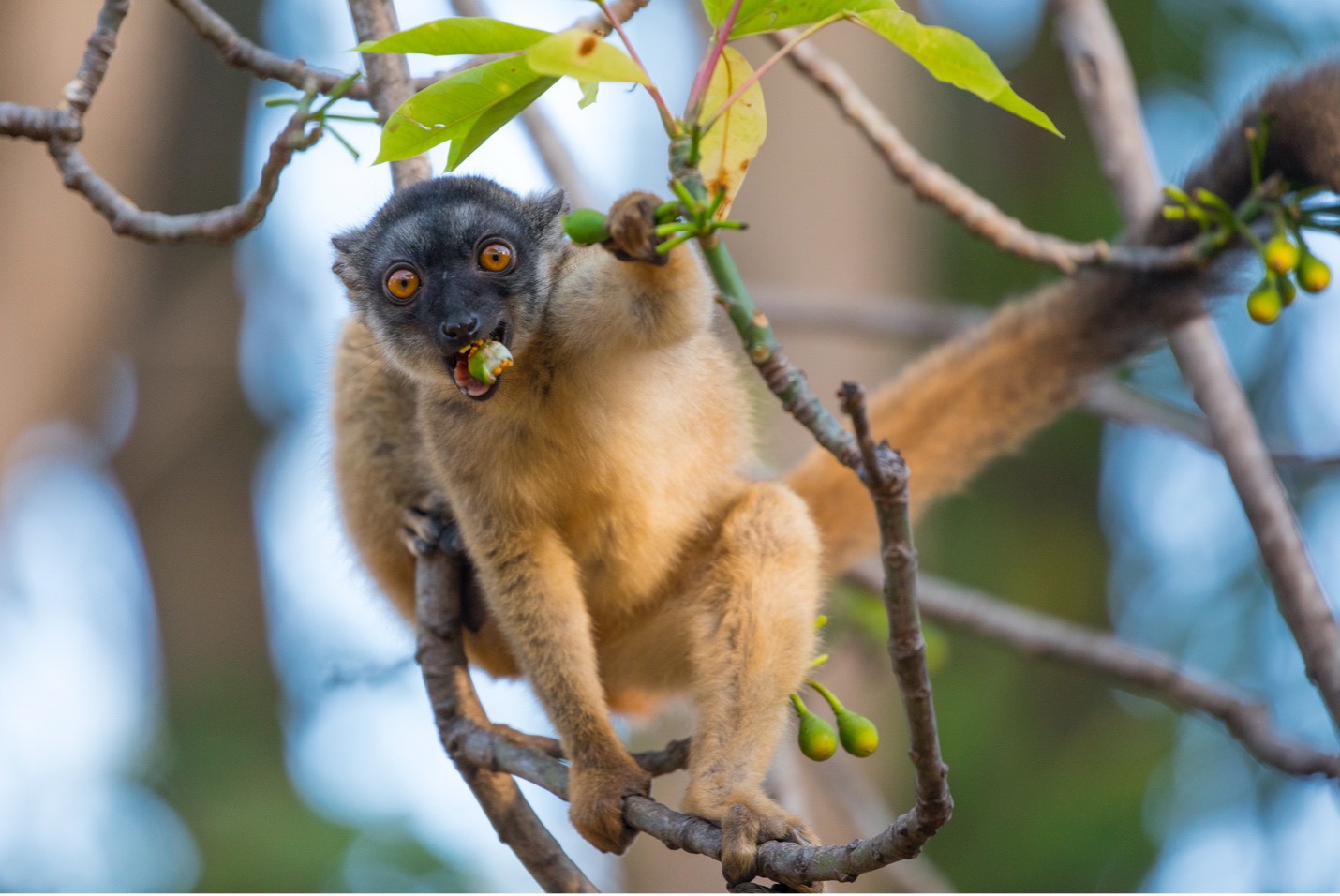
Bonus: shoot your entire memory card when the conditions are right
Following up on the previous section, there will be multiple moments in any Madagascar wildlife trip that are just beyond special. And those moments often last quite some time! While it may seem obvious now, as you read this, when photographing these moments we sometimes feel that we “have enough” of that particular behavior or sequence. I’m certainly an advocate for “putting the camera down” and just watching sometimes, but if you are a shutterbug like me, I can’t help but take photos of every single memory.
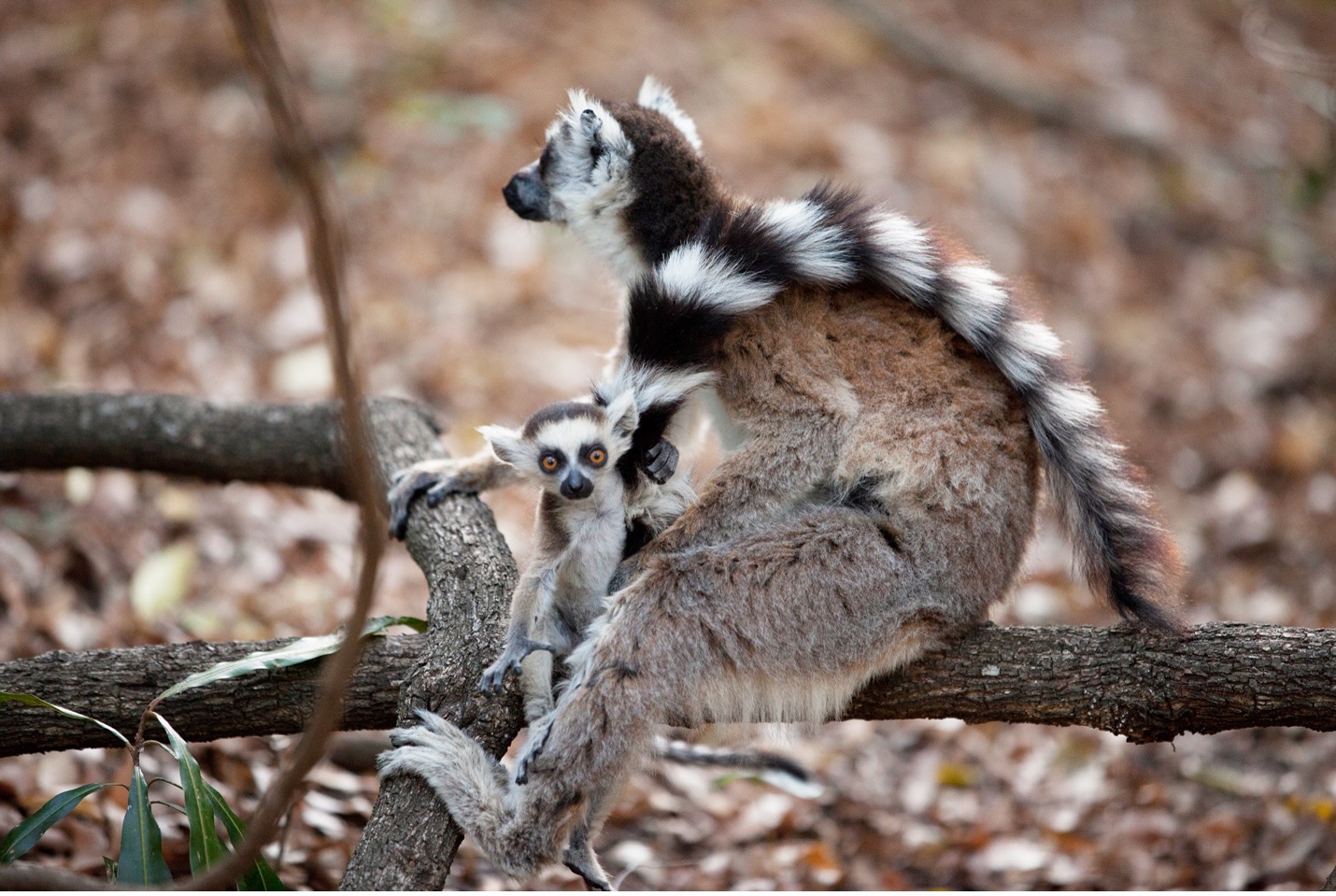
My advice here is to continue photographing those magic moments, even if you have 12, 24, 36 shots of what appears to be the same moment. Take more, and be sure you have the memory to back it up! I have so, so many sequences of spectacular lemur behavior in Madagascar and I’m always grateful I took those extra few shots as they often contain one of my favorite moments and photos of the trip.
If you’re headed to Madagascar on a specialized photo adventure, I wish you the very best, and I know for certain it’s going to be one of your grandest wildlife adventures of your life.
Cheers!

Court
Leave a reply